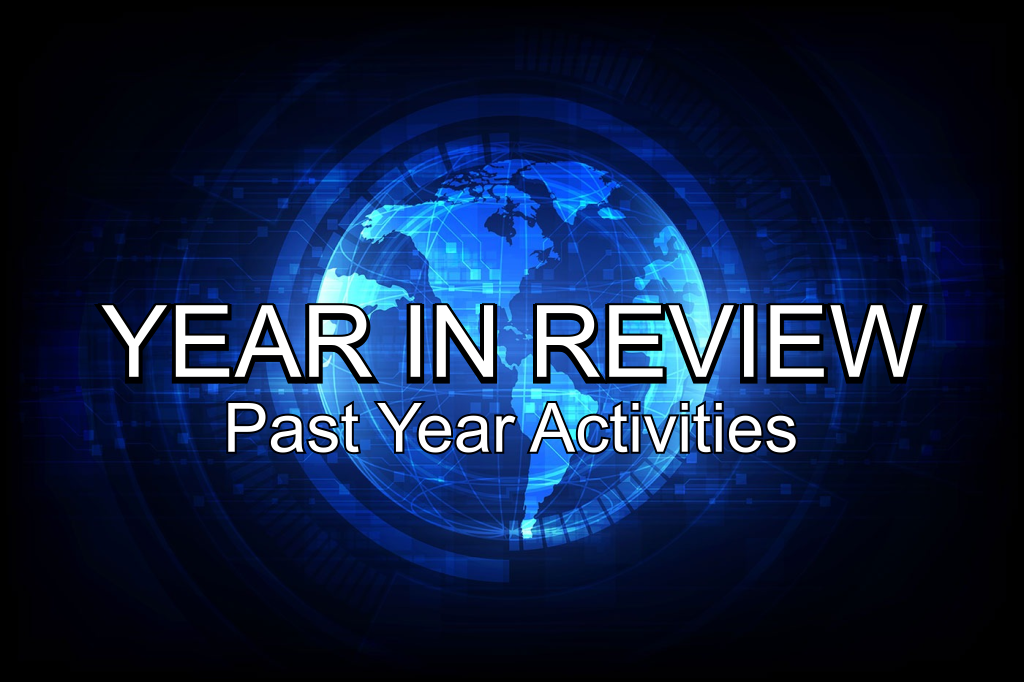LORAN REVISITED
Now that several years have passed since the LORAN-C budget was killed, it might be a good time to revisit that decision. Unlike other decisions, this was partially undone; despite the inexcusable demolition of many resources (e.g., towers, transmitters) a few sites were spared, and cooperative effort between the Coast Guard and UrsaNav Inc. procuced successful results. More recently, congressional action authorized establishment of a terrestrial backup timing system for GPS by 2020.
For brevity here it suffices to make a few surface-scratching notes. The vast majority of us in the navigation community recognized the potential benefit of LORAN (and an extended form eLORAN) as a crucial backup — at extremely low cost — to be used when GPS is unavailable. Many of us, furthermore, anxiously pressed for sanity (e.g., my “2-cents worth” written, to no avail, in 2009).
What’s different now, conceivably, is a combined effect of multiple factors:
* The USCG/UrsaNav success surpassed goals that had been stated earlier.
* Awareness of GPS vulnerability (therefore need for backup) has increased considerably with repeated instances of GPS jamming in both maritime and airborne operations.
*
Persistent efforts by the RNT Foundation and others have resulted in Congressional action.
An utterance appearing in Coordinates Magazine’s March 2012 cover story was reached from a different context, but its importance prompted me to cite it in the April 2012 cover story — and to repeat it here: “Do we really need to wait for a catastrophe before taking action against GNSS vulnerabilities?”
Once again I’m adding my voice to the chorus of those speaking out before it’s too late.










